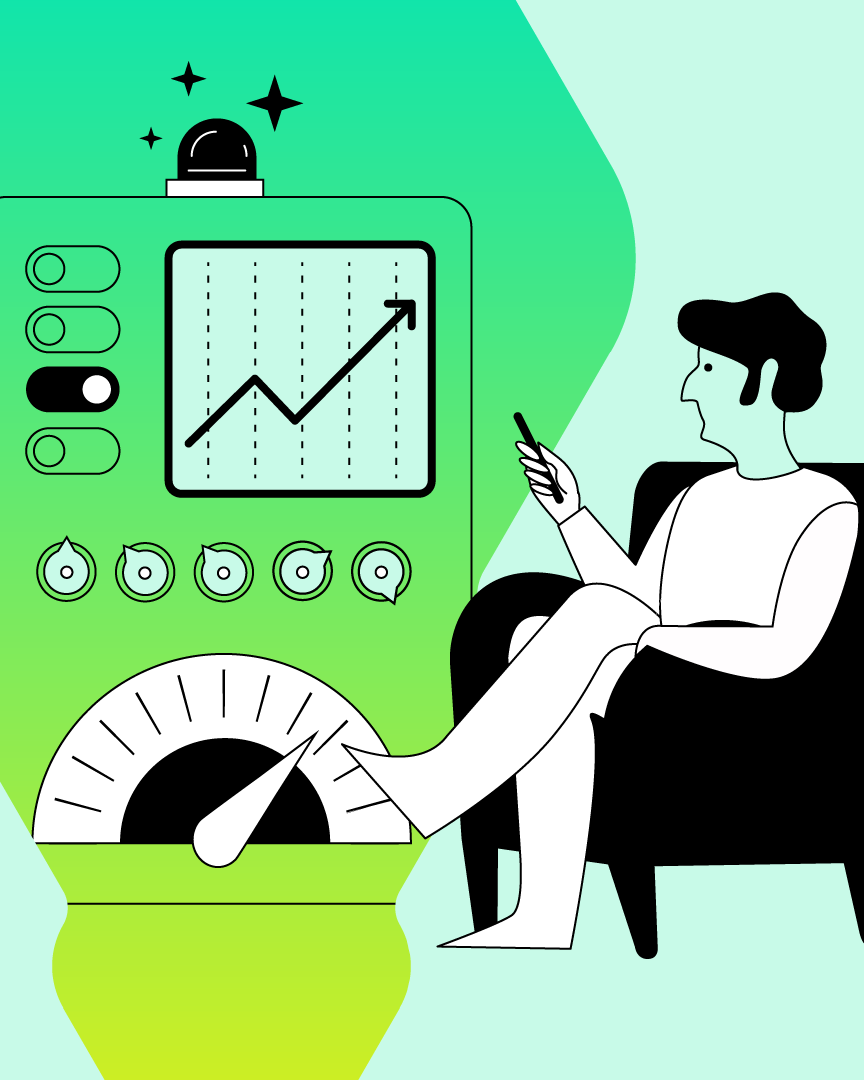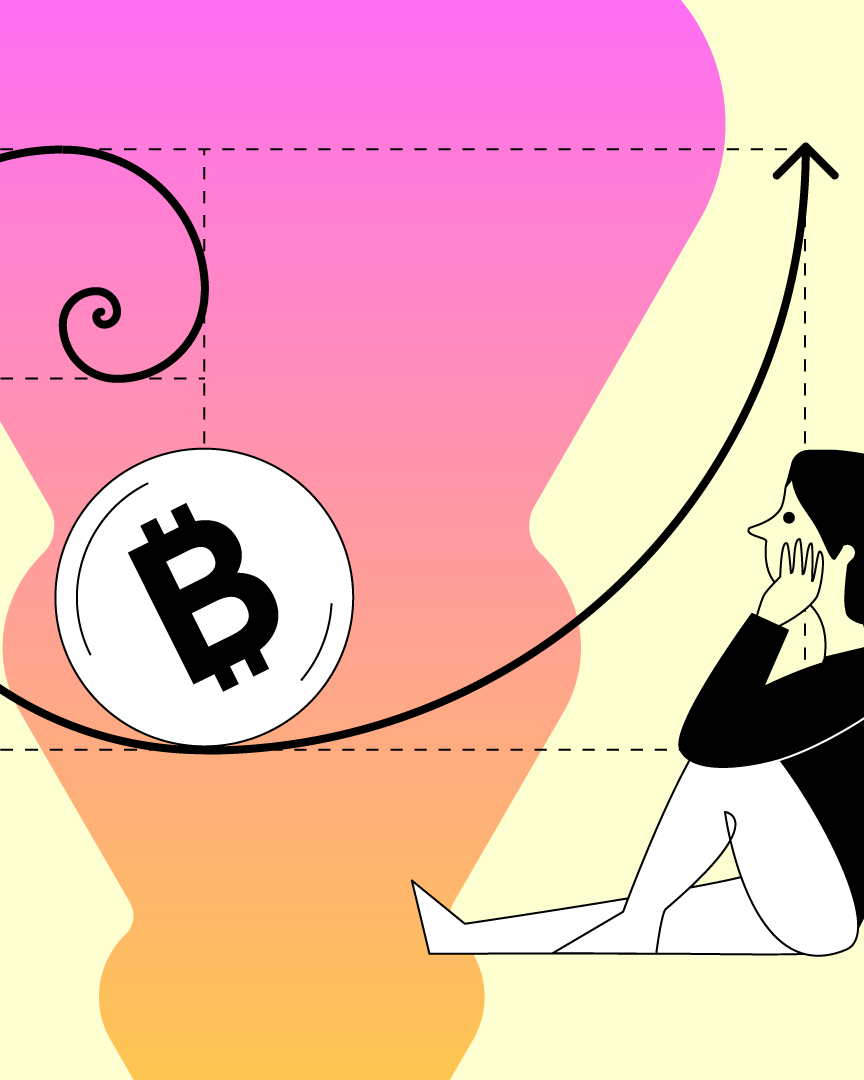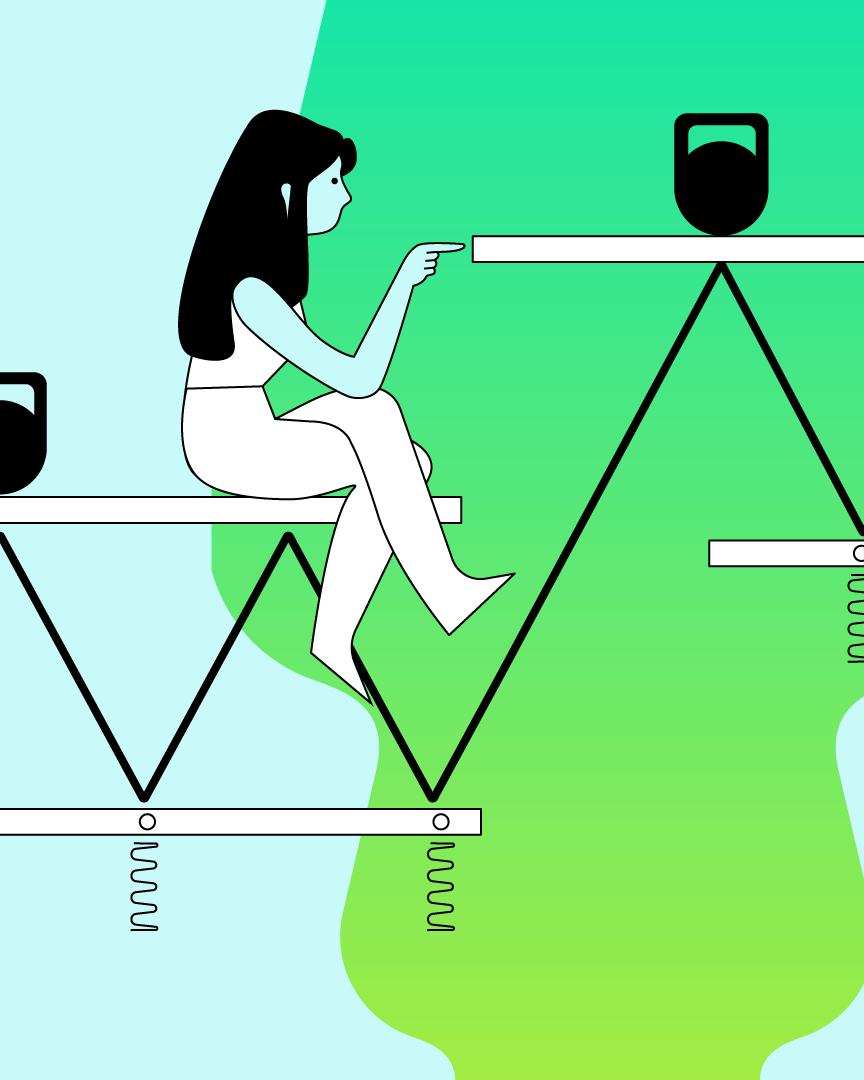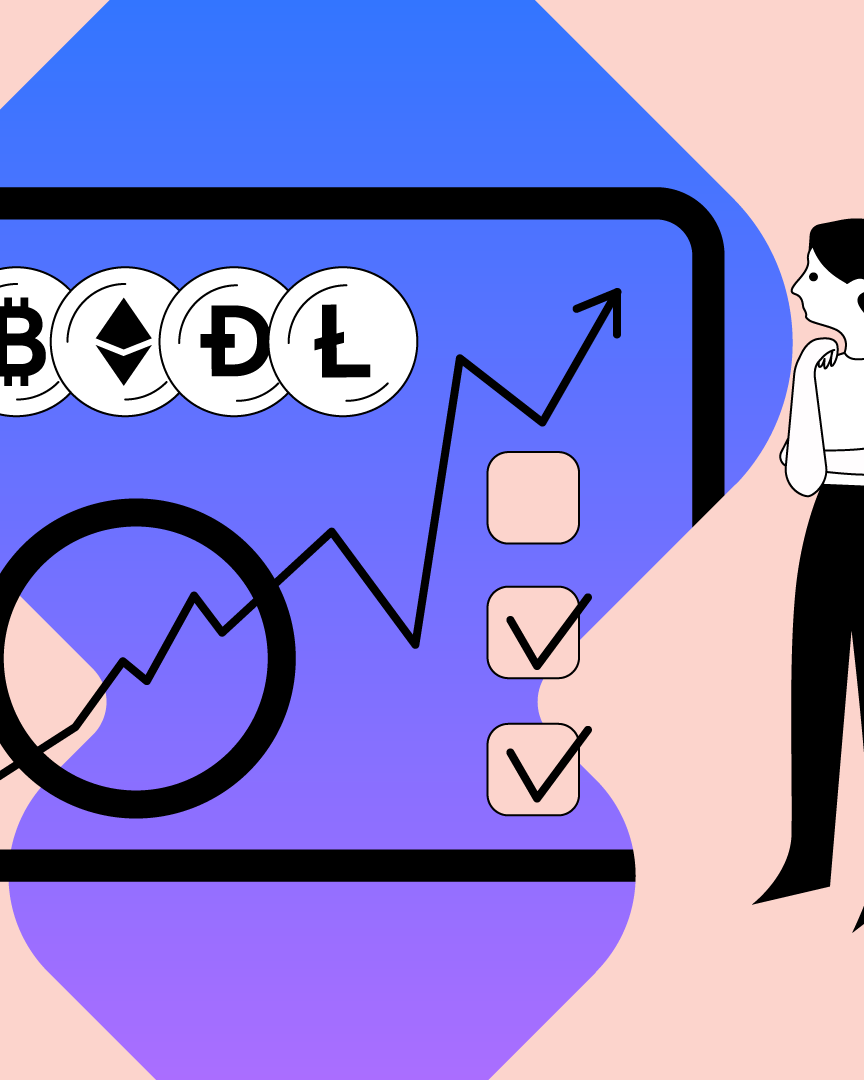2.08 Three major types of trade orders you need to know
This lesson explains three major types of trade orders and how they work.

Cryptocurrency trading involves buying and selling virtual currencies. You can either trade digital assets manually or by using trade orders. Depending upon the order type, you get different results.
There are three main order types: market orders, limit orders, and stop-limit orders. It is important to consider the primary goal you want to achieve in trading to find out which order type suits your needs.
This lesson explains three major types of trade orders and how they work.
Contents
- What are market orders and when do you need to consider them?
- What is a limit order and how does it work?
- What are stop-limit orders and how do they work?
What are market orders and when do you need to consider them?
A market order is an order placed either to buy or sell an asset at the best possible price available in the market at that time. Market orders are executed immediately at whatever the current price of the asset is.
The primary goal of a market order is to execute the trade instantly. Market orders ensure the execution but they don’t guarantee a specific price. The order is known to be “filled” when the market transaction takes place and the order is complete. A market order is the simplest trade order and it is suitable in the below scenarios.
- You think the current price is right.
- You are sure that you want to fill your order.
- You want an immediate execution of the order.
Generally, a digital asset price will include bid price (buyer price), ask price (sell price), and the last trade price. The prices of cryptocurrencies are volatile and change significantly in a short period. Therefore, while placing an order, it is important to consider the current bid-ask prices instead of the last trade price. It is also worthwhile to understand that slippages may occur in market orders i.e. the price at which a market order is requested and the price executed by the exchange may differ.
Example of market order: You place an order to sell 1 BTC as quickly as possible at the current price.
What is a limit order and how does it work?
A limit order is an order placed to buy or sell a digital asset at a specific price and not at the current price. In a limit order, the highest price will be placed for selling and the lowest price will be placed for buying a digital asset.
If a limit order is executed, it will be at the specified limit price. You can set a specific price at which you would like to buy or sell a particular asset. When the cryptocurrency reaches the pre-specified price, the order will automatically be executed. Sometimes, limit orders are filled faster when there is a better price available in the market than the specified limit price. You can take control of the prices and minimize the risks by placing a limit order.
However, there is no assurance of the execution of the limit order because there is no guarantee that the asset will reach the pre-specified price. Even if it reaches, your order may not be filled first because there might be several orders ahead of yours. Limit orders are executed on a first-come-first-served basis. There is also a chance that you will miss the best possible price while executing limit orders.
Example of limit order: For instance, if the current market price of Bitcoin is $50,000 you can place a limit order to sell it when the price reaches $60,000. As soon as the price reaches $60,000, your order will be triggered and filled at a price close to $60,000.
What are stop-limit orders and how do they work?
A stop-limit order triggers the submission of a limit order to the order book once the asset reaches or crosses a specified stop price. A stop-limit order is an advanced order type and will not be executed immediately.
A stop-limit order consists of two types of orders: the stop price and the limit price. The stop price activates the order when the asset reaches a specified price. The order goes live into the order book and is visible to everyone once the stop price is reached. The limit price is the maximum price at which you want to sell or the minimum price at which you want to buy a particular cryptocurrency.
You can control the risks involved in trading the high volatile cryptocurrencies using stop-limit orders. They are the best suitable orders if you are price sensitive and would like to protect your funds. A stop-limit order is also known as a stop-loss order as it can minimize losses. These are suitable for the below scenarios.
- When a cryptocurrency you own has risen and you don’t want to lose your gains in case the price begins to fall.
- When you want to buy a cryptocurrency as it breaks out above a certain level believing that it will continue to increase.
Example of a stop-limit order (Sell stop-limit): Let’s say you bought BTC at $40,000 and the current price is $50,000. You decide to use a stop-limit order to sell one BTC if the price drops back to your entry i.e. $40,000. You can set the stop price at $45,000 and the limit price of $40,000. In this case, if BTC reaches $45,000, your order to sell at $40,000 will automatically be placed. So, the order to sell your BTC at $40,000 or better is automatically executed.
While market orders give importance to time, limit orders focus on specific prices. A stop-limit order is an advanced method and it reduces the risks involved in trading cryptocurrencies. It is important to define your main goal to know which order type is suitable for your situation.
In our next lesson, we study how to apply fundamental and technical analysis to digital assets to determine their performance.
DISCLAIMER
This material does not constitute investment advice, nor is it an offer or solicitation to purchase any cryptocurrency assets.
This material is for general informational and educational purposes only and, to that extent, makes no warranty as to, nor should it be construed as such, regarding the reliability, accuracy, completeness or correctness of the materials or opinions contained herein.
Certain statements in this educational material may relate to future expectations that are based on our current views and assumptions and involve uncertainties that could cause actual results, performance or events to differ from those statements.
BB Trade Estonia OU and its representatives and those working directly or indirectly with BB Trade Estonia OU do not accept any liability arising from this article.
Please note that investing in cryptocurrency assets carries risks in addition to the opportunities described above.




















